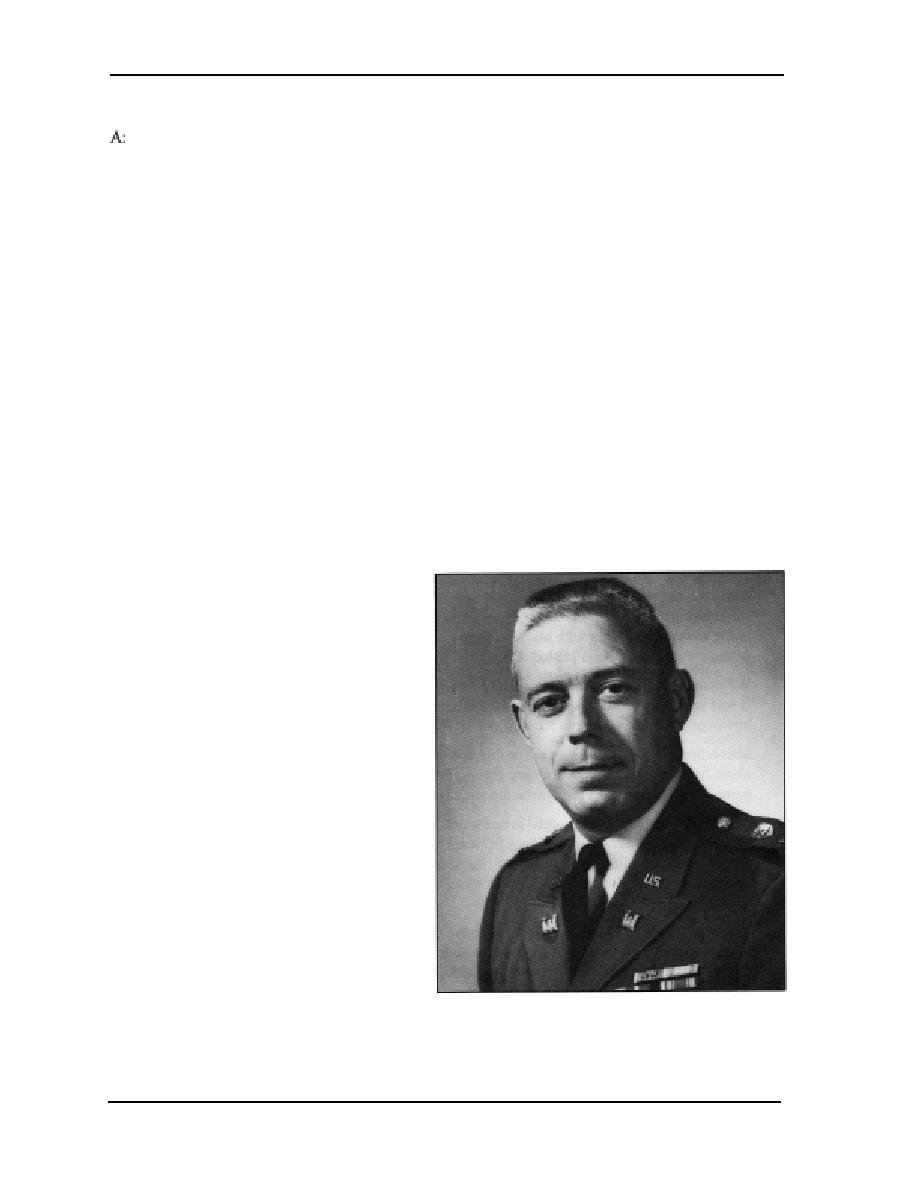
John W. Morris
Q:
How did you get your assignment at the Military Academy?
Bob Tarbox, Colonel Tarbox, an engineer colonel that I knew well from my days as a cadet and
again in Guam in WW II, was a regimental commander at West Point. While still at Tulsa, I wrote
him a letter and asked him if there were any possibility I could be selected to replace him in the
summer of 1965. The dean was General Johnny Jannarone, whom I knew and who had been in
Tulsa. The superintendent was General James Lampert, an engineer general. Tarbox, said he
didn't think it was possible because they were not going to have successive engineers as
regimental commanders at West Point. General Mike Davison was the commandant and indicated
he'd prefer someone else.
General Lampert apparently concluded that I should come to West Point even if I didn't go to the
Tactical Department. As luck would have it, the Military Academy was to be expanded from
2,800 to 4,400 cadets to make it comparable to the Naval Academy in size. That meant the corps
of cadets would expand to four regiments of cadets, and thus two new regimental commanders
were needed. I was then selected to be the first commander of the new Third Regiment. On
arrival, we were given temporary quarters on the post while our more permanent quarters were
being rehabilitated. We then moved into the same lovely quarters occupied by the Tarboxes. In
the meantime, I had commenced my duties at West Point as a "Tac"
Instead of worrying about planning, constructing and operating projects-hundreds of millions
of dollars, and all the frustrations of that type of job, I had a very minor budget at West Point, and
a very small number of people to work with and oversee. There was a brief feeling of letdown,
but I soon realized the importance of dealing with young men in whose hands the future of the
Army would soon be placed. Once that
was put in perspective, we went about the
business of helping America's finest
young men develop into military leaders.
After the first year, having gotten the
Third Regiment off to a good start-1
hope it was good-1 was moved up to be
deputy commandant. Colonel Gray
Wheelock, the deputy commander, had
been selected for promotion to brigadier
general and transferred. So I moved up to
his position. The commandant by then
was Brigadier General Richard "Dick"
Scott, an armor officer. His military
assistant, Captain [Thomas P.] Carney,
became a lieutenant general and Deputy
Chief of Staff for Personnel. My
supporting staff included Major Max
Thurman, who later became the Vice
Chief of Staff of the Army, the
commanding general of Forces
Command, the commanding general of
U.S. activities during the Panama
Colonel John W. Morris as a "Tac" at West Point in
Christmas event, and also the person
August 1965.
primarily responsible for upgrading the
61


 Previous Page
Previous Page
